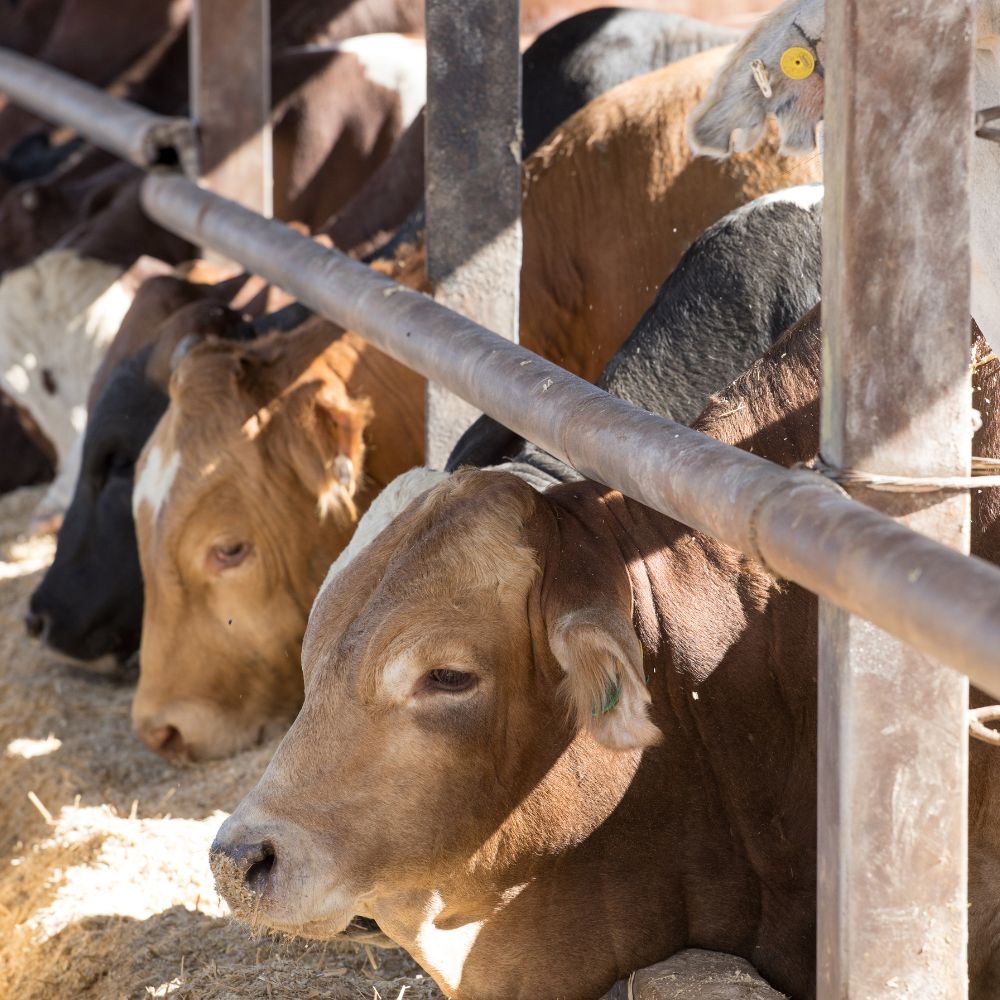Bagley Risk Management for Dummies
Table of ContentsMore About Bagley Risk ManagementThe Only Guide to Bagley Risk ManagementThe 25-Second Trick For Bagley Risk Management5 Easy Facts About Bagley Risk Management ShownAn Unbiased View of Bagley Risk Management
This way, if costs do drop below that break-even point by the end day, insurance policy holders are shielded against a loss. This is extremely similar to the method feedlots operate, though they use a typical bush. When a rancher agreements their livestock with a barnyard, they hedge those cattle to secure the revenue point.This will be offset by the raised worth of the cattle. However, the margin stays generally the exact same. With LRP Insurance coverage, breeders safeguard versus a decrease in the futures board, yet do not lose on the higher return when costs increase. To state that animals markets can be unpredictable is a bit of an exaggeration.
They do this by choosing a reduced percent of the forecasted finishing worth - Livestock risk protection insurance. This is a terrific strategy for those looking for lower costs rates or who have a higher danger tolerance because of strong fiscal wellness. This technique may not shield profitability, but it can shield versus serious market drops
There is not a whole lot of defense or insurance coverage on a month-to-month basis, yet if there is a severe mishap, manufacturers have the satisfaction that comes from knowing they will only be accountable for a particular quantity expense. Simply remember, expect the very best yet prepare for the worst.
The smart Trick of Bagley Risk Management That Nobody is Talking About

Making use of LRP as insurance coverage for backgrounded cattle, or livestock on feed, helps mitigate that danger by protecting the anticipated worth of the animals. Feeder livestock can be concealed to a 900-pound expected end weight and fed cattle can be concealed to a 1,400-pound end weight. With numerous weight classes to select from, it is feasible to cover animals through the barnyard to the packer rail.
Applications can take several days to procedure and simply filling one out does not secure the applicant right into a policy. When the application is approved and ready, the LRP endorsement, with its end day and projected ending worth, can be secured promptly. This permits herdsmans to cover calf bones when the cost is ideal for their market danger administration objectives.
Photo Politeness USDA-NRCS Rates for calves, feeder cattle and ended up livestock have actually established some new records this autumn and early winter season. A mix of situations has precipitated these historic rates. There is presently a lot of careful optimism on the component of cow-calf producers as they take a look at the future.
Bagley Risk Management Can Be Fun For Anyone

There are some benefits to producers in making use of LRP insurance coverage as compared to a standard feeder cattle contract or purchase of an alternative - LRP insurance. One is the flexibility in the number of livestock that can be insured. There is no lower limit to the variety of livestock that can be insured
There is no commitment to market livestock on which you have bought LRP Feeder Cattle insurance coverage. You may select to maintain possession and still be qualified for the indemnity should the Actual End Value fall below your Protection Cost. You might market cattle covered by LRP any time, offered the transfer of possession does not happen even more than 60 days prior to the LRP Agreement End Day.
If cattle perish and your Ag, Risk Advisor is notified within 72 hours of you discovering of the fatality, the insurance coverage continues to be effectively, and the producer is eligible for indemnities because of price loss, also on those animals which perished. Yes! Calves can currently be covered before unguis hit the ground.
Rumored Buzz on Bagley Risk Management

Action 1) Total an application. Applications make sure novice consumers can be pre-approved to write an LRP policy It is totally free! Action 2) Lock in an Unique Insurance Coverage Recommendation (SCE) when you find a quote that satisfies your objectives. There are numerous degrees of quotes that are released day-to-day making this an extremely functional product that will certainly fit any manufacturer.
We are here for you. Together, we're better. With each other, we'll secure your investment.
With the endless fluctuation and unpredictability of the marketplace, Animals Risk Protection (LRP) is something all cattle manufacturers need to consider. The primary function of LRP is to shield versus the unanticipated downward price motion in the market by setting a base on any kind of offered day and kind of cattle you want to insure.
The 10-Second Trick For Bagley Risk Management
There are a variety of coverage degree alternatives varying from 70 to one hundred percent of the expected ending worth (https://www.flickr.com/people/200015366@N02/). At the end of the picked insurance period, if the actual finishing worth is below the coverage price, you will be paid an indemnity for the difference in cost. Producer expects to market 1,000 head of 11cwt cattle and selects coverage of $66
As of 2020, LRP (Livestock) is currently look what i found available in all states when the market is available. 1. Feeder Cattle with finishing weights under 600lbs or 600lbs-900lbs, and 2. Fed Livestock with finishing weights in between 1,000lbs-1,400 lbs that will certainly be marketed for slaughter near completion of the insurance coverage period. whereas livestock insurance coverage does.